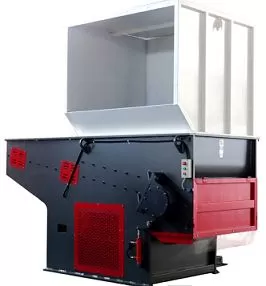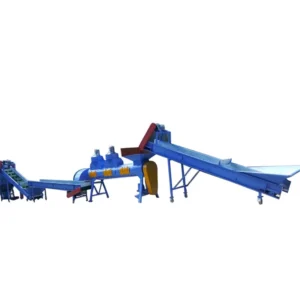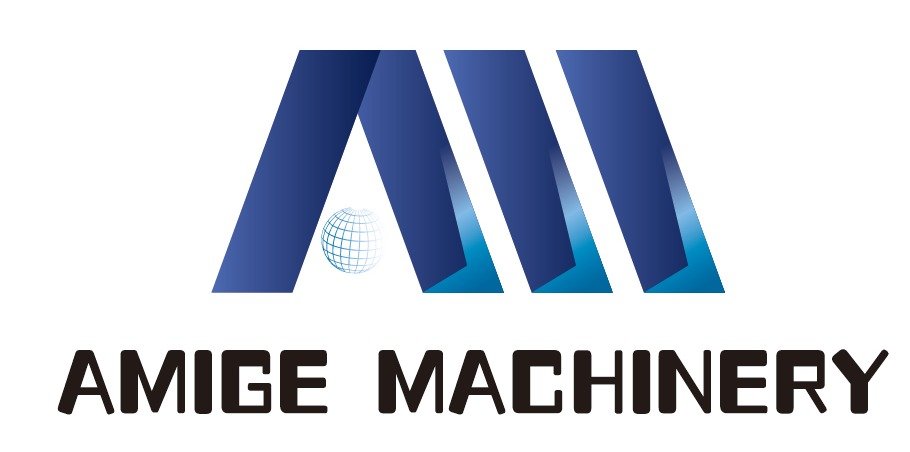Plastic pollution isn’t just an eyesore—it’s a ticking time bomb for our planet. Oceans suffocate, wildlife suffers, and even human health is at risk. The scale of the crisis is overwhelming, and most businesses, governments, and individuals feel powerless. I’ve spoken to countless partners who ask, “What difference can I make when the problem feels so massive?” That’s the pain, the frustration, the urgency we all face.
The answer? Global environmental organizations are stepping up with large-scale plastic pollution governance projects that combine research, advocacy, and technology. From coastal cleanups to innovative recycling systems, these groups create frameworks that local communities and industries—including mine—can align with. Without them, efforts would be scattered and inefficient. With them, progress becomes structured, measurable, and impactful.
And trust me, I’ve seen firsthand how these projects change not only waste management but also public attitudes toward recycling.

Why are global organizations leading the charge?
Because no single country can fight plastic pollution alone. Waste doesn’t respect borders. A plastic bottle tossed in one city may end up floating across continents. According to UNEP reports, more than 11 million tons of plastic enter oceans each year.
Organizations like WWF, Greenpeace, and Ocean Conservancy step in because they can coordinate globally. They bring together governments, corporations, and communities, ensuring everyone rows in the same direction. Without this coordination, we’d all just be bailing water from a sinking ship.
What are the most impactful cleanup campaigns?
Ocean cleanups have become the flagship of global plastic projects. I’ve followed efforts like the Ocean Conservancy’s International Coastal Cleanup, which mobilizes millions worldwide. In one campaign alone, volunteers removed 20 million pounds of waste from shorelines.
These aren’t just symbolic actions. They build awareness, create datasets for policy, and inspire new businesses. I know companies who completely shifted their packaging strategies after employees joined such campaigns. Action creates change faster than a PowerPoint ever could.
How do research and data fuel policy?
Let’s face it: governments rarely act without numbers. That’s where organizations shine. They conduct research on plastic waste flows, recycling rates, and health impacts. According to Global Plastics Data Hub, studies prove that 90% of ocean plastics originate from 10 major rivers.
With evidence like that, policies suddenly become sharper. Instead of vague bans, governments can target specific hotspots. I’ve even used such research when discussing partnerships, because data opens wallets faster than “trust me” ever will.

Are recycling projects part of these initiatives?
Yes, and they’re often the most practical. Organizations don’t just shout slogans; they set up pilot recycling facilities, introduce shredding technologies, and help local businesses monetize waste.
For example, WWF’s Plastic Smart Cities program collaborates with municipalities to implement plastic reduction and recycling systems. I love this model because it bridges global expertise with local action. And it proves what I’ve always said: recycling isn’t charity—it’s an industry waiting to be scaled.
How do corporations fit into this puzzle?
Big brands are both villains and heroes. On one hand, they produce enormous amounts of single-use plastic. On the other, they have the money and influence to drive change. That’s why organizations actively push corporations to commit.
Take the Ellen MacArthur Foundation’s New Plastics Economy. Over 500 companies signed up, pledging to redesign packaging and boost recycling. Are they perfect? No. But when Coca-Cola tweaks bottle design, billions of bottles are affected. That’s leverage you can’t ignore.
Do these projects make a difference for local communities?
They do, and that’s where the magic happens. A recycling project in Kenya supported by UNEP provided jobs to hundreds of families while cleaning up urban plastic waste. According to community impact studies, income from recycling improved household stability by 30%.
When people see real benefits—cleaner streets, healthier kids, new income—they stop treating recycling as “someone else’s problem.” That’s when the movement becomes self-sustaining.
What role does innovation play in these projects?
Innovation is the fuel. Think drones mapping plastic in rivers, AI monitoring waste streams, and machines (like ours at Amige) shredding waste efficiently. Global organizations often pilot new technologies before governments adopt them.
One project I admire is The Ocean Cleanup, which developed floating systems to collect plastics from the Great Pacific Garbage Patch. Yes, it’s ambitious, but so is going to the moon. Without bold tech bets, we’ll be stuck sweeping beaches forever.

How do these organizations keep momentum alive?
Plastic pollution isn’t solved in a year. These groups rely on consistent awareness campaigns, youth education, and partnerships with schools. By planting seeds early, they build a new generation that sees recycling not as a chore but as a normal habit.
I often say: my job is to build machines, but their job is to build mindsets. And without the latter, the former doesn’t matter much.
Final thoughts
Global environmental organizations don’t just fight plastic pollution—they coordinate, innovate, and inspire. Their projects link data, technology, and human will into a global movement.
In the battle against plastic, these organizations prove one thing: solutions work best when the world works together.

